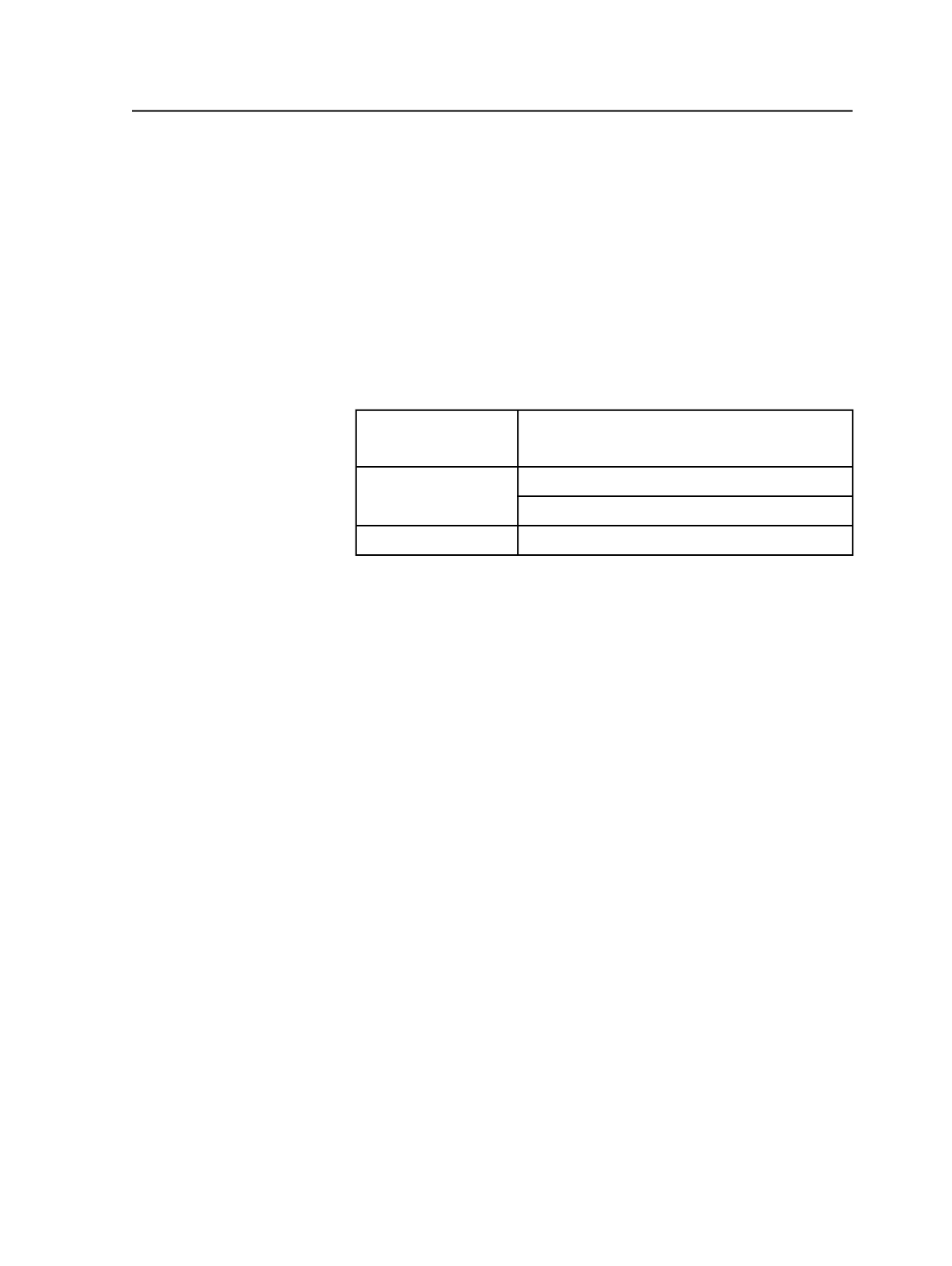
Balancing generic and specific naming patterns
●
A source file naming pattern that is very specific (contains many
back references) may cause the smart hot folder to reject many of
the source files or to create a new job for every source file dropped.
●
A source file naming pattern that is very generic (contains few back
references or few wild cards) may cause the smart hot folder to
create too many jobs.
●
More specific target job name patterns (many back references)
create more jobs. For example, in the following smart hot folder, a
new job is created for every source file; the target job naming
pattern is too specific and will match anything.
Dropped file names
Catalog_200404_001.eps
Catalog_200404_002.eps
File naming patterns
Source: [%]_[#Date:6]_[$].ps
Target job: [%]_[#Date]_[$].ps
Recommended
Target job: [%]_[#Date]_pages
Case study: smart hot folder
The following case study summarizes how a smart hot folder behaves
when input files are dropped into it.
Background
Company ABC has a contract to publish magazines. Input files
submitted to the prepress department for these publications follow this
naming pattern:
Publication_Date_PubPart.extension
(for
example,
TeenZone_040404_InCovers.eps
).
The prepress operator has determined that creating a smart hot folder
to automatically create a new job and process the input files will save
time and effort.
The smart hot folder
When creating the smart hot folder, the operator considers two
factors: which input files to accept (the source file naming pattern) and
what to name the job (the target job naming pattern).
●
Source File Naming Pattern: To ensure that the magazine input files
are accepted, the operator writes the following source file naming
pattern in the smart hot folder:
[%Name]_[#Date:6]_[$PubPart].[%Ext]
Case study: smart hot folder
921


